F1 Bahrain GP 1 & 2 Preview
From one Hermann Tilke circuit to the next, the F1 teams heads to the Persian Gulf for the next two rounds of the 2020 FIA Formula One World Championship held in Bahrain. The first weekend will take place on the regular 5.412km Bahrain International Circuit layout, a track that usually provides great racing and overtaking, crowned by the tight, downhill, off-camber left at Turn 10 and the fast run through Turn 12.
The second Bahrain race the following weekend will be breaking new ground with the short and fast “outer” circuit. This specific configuration is a real leap in the dark for the sport, even by the standards of a season that brought unusual tracks and experimental formats to the fore: the short layout, featuring a narrow ribbon of tarmac on the “upper” side of the circuit connecting the traditional sectors one and three, measures 3.543 km, just marginally longer than Monaco but a lot faster than its Principality counterpart. Modern Formula One cars are expected to run a lap in less than a minute, and with 20 competitors on track, things could get a bit crowded – especially in qualifying.
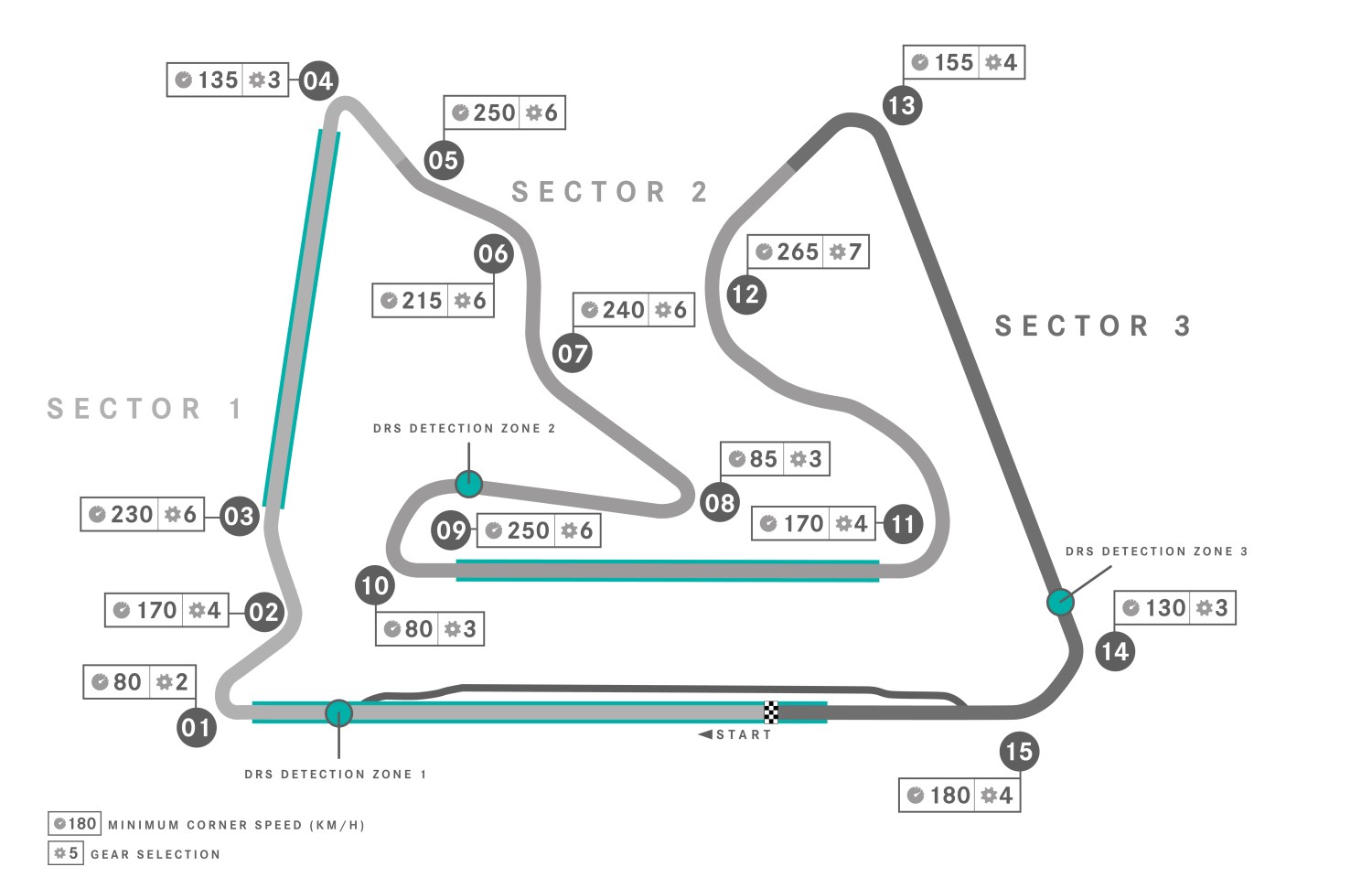
The track is almost an oval. There are just four corners, so it will be a game of slipstreaming, like a mini F1 version of the Indianapolis 500. Lap time is under one minute, so dealing with traffic won’t be easy. In qualifying, drivers will be towing their teammate round and then being towed themselves. There will be a lot of slipstreaming in the race, so it will be an interesting experience and a first time for everyone. It should be a spectacular race with a lot of overtaking and it will be interesting to see if it is almost too easy to overtake with the DRS.
One obvious difference is that the second race is a full night race, whereas the first one starts in daylight, so that impacts things like tire temperatures during the race.
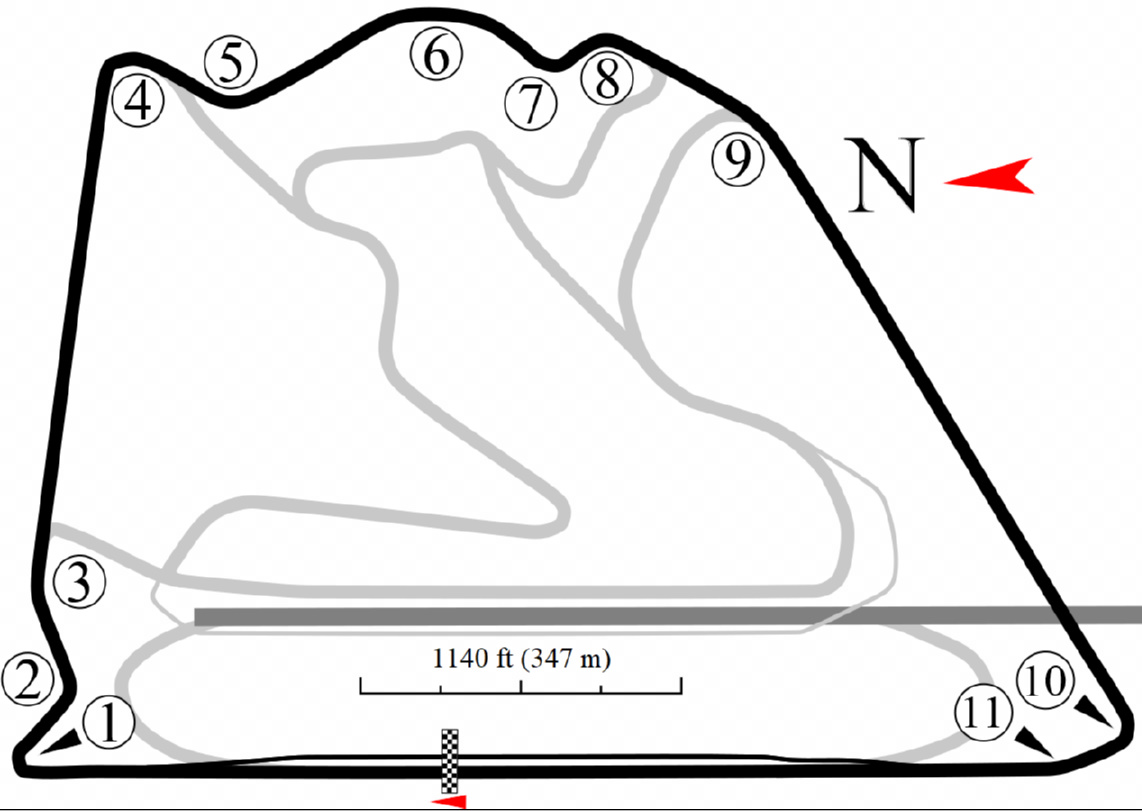
After the recent run of races at unexpected tracks and in the cool conditions of the European autumn, we now return to more familiar territory in Bahrain. The weather and the track surface should be more predictable than at the previous event in Turkey, and it should be possible to work through more testing than was practical at Istanbul. That said, there could be some rain around over the weekend.
The first of the two races in Bahrain is on the familiar Grand Prix circuit with qualifying and the race both taking place in the early evening. The tire compounds are from the middle of Pirelli’s range and should be well suited to the cool evening conditions. As always in Bahrain, FP1 and FP3 are a little more challenging as they take place in the afternoon, meaning that FP2 is the most important test session of the weekend.
Friday Morning Track Cleaners
Roy Nissany will get behind the wheel of the Williams FW43 for FP1 on Friday, making his penultimate appearance of the season ahead of driving for the team in the post-season test in Abu Dhabi. He will drive in place of George Russell.
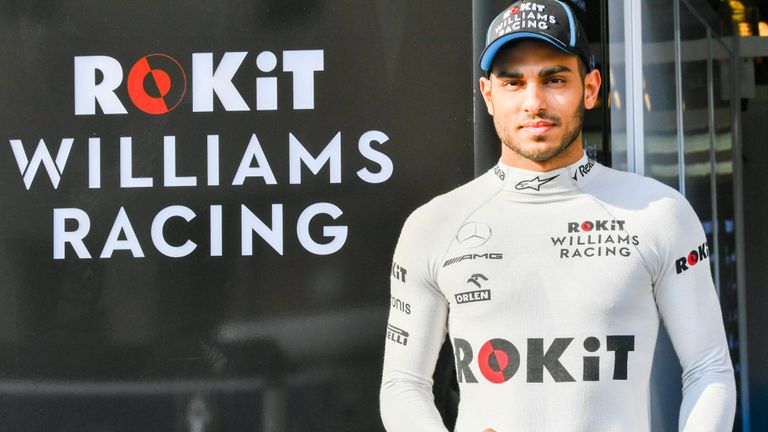
Alfa Romeo Racing ORLEN reserve driver, Robert Kubica, will return to the cockpit during Free Practice for this weekend’s Bahrain Grand Prix. The Pole, who already completed three FP1 sessions in Styria, Hungary and Britain this season, will resume his Friday duties at the Bahrain International Circuit and continue to work with the team in the engineering briefings and other technical meetings.
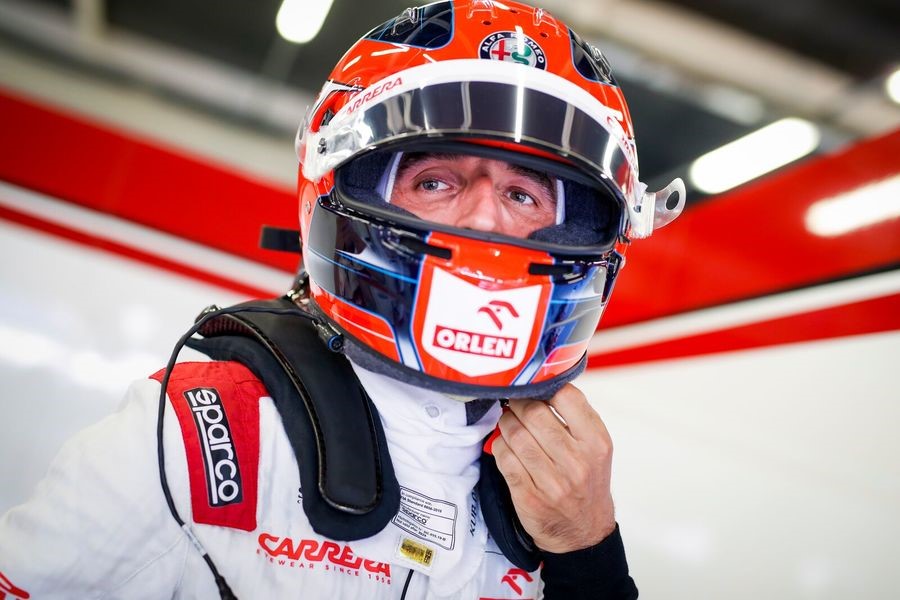
Five Things to Look Out for in Bahrain
- After recently experiencing returning and new races, the Bahrain Grand Prix circuit is a return to relative normality. While the 2020 cars should be quicker than 2019, the teams have plenty of relevant data to inform the weekend before they hit the track.
- The Bahrain Grand Prix circuit is in a coastal location meaning wind direction can have a large impact across a lap – monitoring these conditions will be an important factor in the weekend.
- Overall temperatures are expected to be cooler than when the race is traditionally held in April, so early sessions could play down the impact of changing conditions.
- The Pirelli tire range will be a familiar C2-C4 allocation for the ninth occasion this season, but the Bahrain track surface is considered rough, more so than the likes of Spa and Suzuka.
- Bahrain places an emphasis on braking stability and traction on exit, with the circuit largely made up of lower-speed corners – Turns 5-6 and Turn 12 notwithstanding – and the average grip-limited speed is on the lower side of the 2020 calendar.
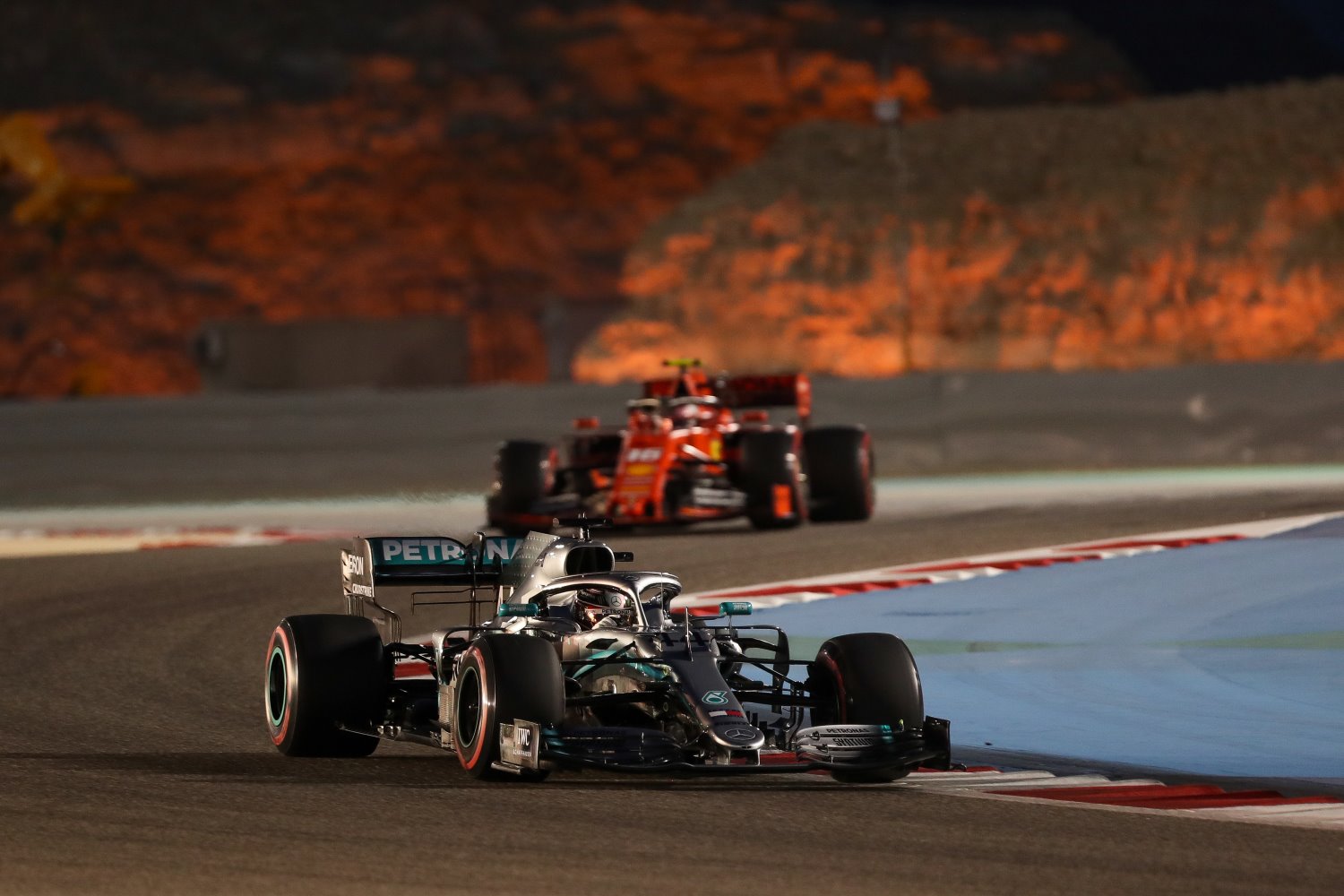
Five Things to Look Out for on the Outer Track (Following weekend)
- Teams will once again run the C2-C4 range, improving familiarity, but the challenge of the circuit will be very different. Significant track evolution may be possible due to the hundreds of laps done in the first Grand Prix event, but that potentially means the “new” part of the circuit used for the Outer Track layout will not be in such good shape.
- If the grip plays out as expected, the pole position could be well under the 55-second benchmark time.
- The Outer Track race will be 87 laps in distance, which is a whole 16 laps more than fellow short circuit Red Bull Ring.
- The event is most likely to reward an efficient car, trading downforce for less drag, however the circuit roughness and windy conditions will still be a factor. The timetable also suggests that temperatures could be 3-4C cooler than the opening Grand Prix in Bahrain.
- With the Bahrain Outer circuit retaining two of the three DRS zones from the “normal” circuit, the DRS on-time in qualifying is expected to be extremely significant – this adds a further dimension to the choice of downforce level.
Fact File: Bahrain Grand Prix
- The Bahrain International Circuit’s complex is located in the middle of the desert on a former camel farm and features 1,120 palm trees.
- Despite the track’s rural location, surrounded by sandy desert, the sand does not present the cars with any major issues and the circuit surface can clean up rapidly.
- 495 lighting posts are used to illuminate the track for FP2, Qualifying and the 57-lap race.
- The Bahrain International Circuit has one of the roughest surfaces of the season, which can lead to higher tire degradation as a result.
- Turn 10 is one of the trickiest corners because it has a long, combined corner entry that gets tighter towards the apex – which is blind over a crest. Drivers begin to apply the brakes while also negotiating the wide corner arc of Turn 9 and the track drops away at the apex. All of these factors cause the front-left tire to go light and increase the risk of a lock-up. The balance is on a knife-edge through this sequence, as drivers battle cornering and braking, which is why we often see mistakes at this point on the track.
- Because FP1 and FP3 are run in daylight, they hold little value when it comes to car balance and set-up work for Qualifying and the race – which take place in twilight.
- However, FP1 and FP3 can still prove useful for work on other items such as testing new parts or understanding the tires.
- Therefore, FP2 becomes a crucial session for teams, in order to properly prepare for the race weekend’s main events.
- When it comes to set up, the focus is very much on tuning the car for low and medium-speed corners because the high-speed sections of track are easily taken flat-out. Mechanical grip is an important area in Bahrain, to propel the cars out of the slow turns. This is in stark contrast to the set-up approach for tracks like Silverstone and Mugello, where high-speed corner performance is the priority.
- Bahrain’s F1 track has the joint-second highest gear change figure per lap of the 2020 season, with drivers shifting gear 58 times. This is behind Sochi and tied with the Yas Marina Circuit.
- The Bahrain Grand Prix is always punishing on the brakes, with seven braking events and three of those being classified as ‘heavy’ by our engineers – meaning the driver is braking for 0.4 seconds or longer, with 4G or more. However, we actually expect the Sakhir Grand Prix – around the Bahrain International Circuit’s ‘Outer Loop’ – to be even tougher on the brakes.
